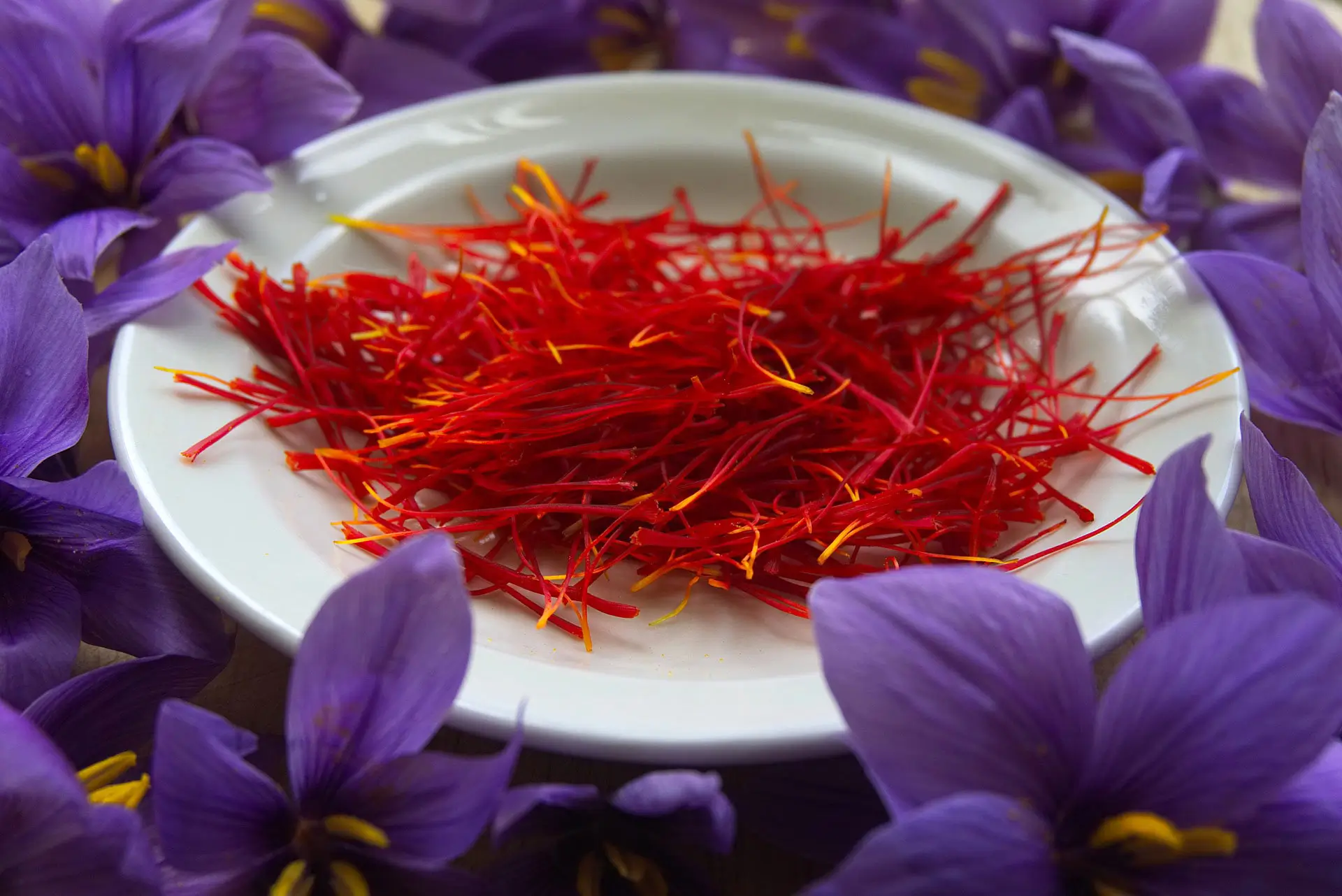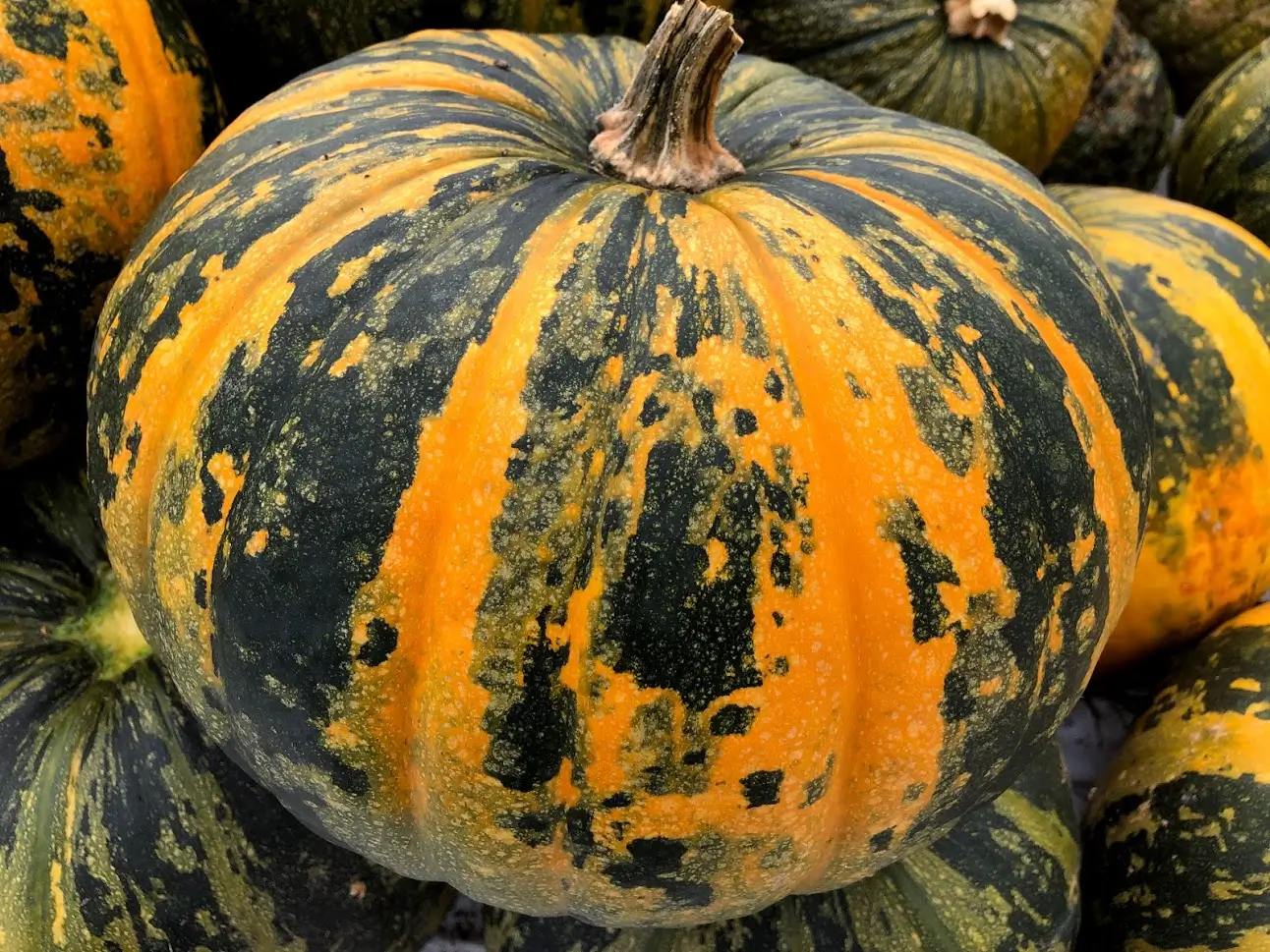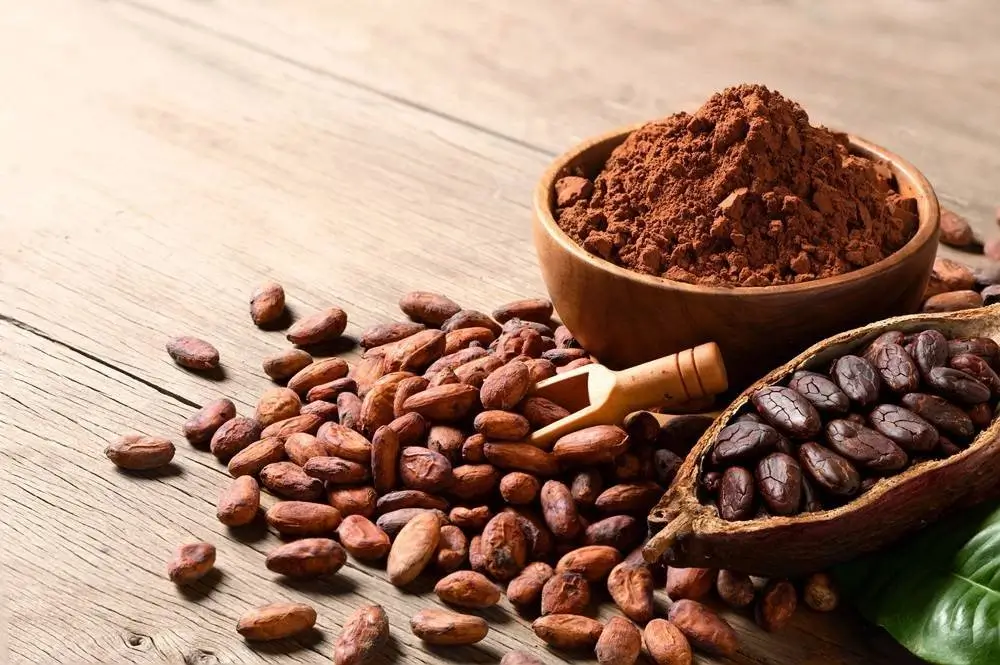
Soil Health & Fertilization
We unite suppliers and green industry professionals worldwide
Saffron, the golden spice, is not just any plant; the image of patience, tradition, and elegance.
By Victor Miller
|Published on September 25, 2025


Saffron (Crocus sativus) is the most desired plant in the world, and it yields the most expensive spice per pound. Saffron has a blend of beauty, usefulness, and rarity by having its purple flowers, crimson stigmas, and an old cultural meaning. Saffron has long been a plant of agricultural, medicinal, and cultural significance in the past, present, and future, so it is not only a plant of agricultural importance, but also historical and symbolic.
Saffron is a patient and precise crop that has become the favorite of gardeners and farmers due to its exquisite flowers and the spice that is golden-red in color. Saffron began in the Mediterranean and Southwest Asia and has spread all over the world, becoming a prestigious plant growing in specific climates.
| Scientific Name | Crocus sativus |
| Common Names | Saffron Crocus, Autumn Crocus |
| Family | Iridaceae |
| Genus | Crocus |
| Species | Crocus sativus |
| Cultivars | Notable saffron-producing strains exist in regions such as Kashmir (India), La Mancha (Spain), and Khorasan (Iran). |

September 25, 2025
9 minute read
September 24, 2025
9 minute read
September 23, 2025
10 minute read
September 22, 2025
9 minute read


Join as a seller and connect with thousands of B2B buyers nationwide!
Sign Up

Acorn Squash
Grow acorn squash from seeds is easy and rewarding to grow acorn squash from seed if you provide the right conditions.

Baby Corn
Baby corn is part of the maize family, the same species as regular corn.

Cacao
Cacao, also known as Theobroma cacao, is a tropical tree that is popular with many chocolate lovers.

Daikon Radish April Cross
The April Cross Daikon is famous for its high-quality white roots, smooth texture and sturdy growth.
Saffron can be marvellous in its outward looks as well as its spice-producing power.
Saffron is all-purpose, not only in kitchens and medicine cabinets, but also in cultural rituals.
Saffron requires a number of conditions to thrive.
Saffron grows as corms, unlike plants, which grow on a seed.
Saffron never multiplies, but only by planting the corms.
The corms of saffron have a long shelf life when well kept, but the seed is sterile and cannot germinate.
The process of harvesting is quite sensitive and labor-intensive, and it defines the value of saffron.
Saffron is robust; however, it may be ruined by pests and fungi.
Saffron is powerful and valuable when it is kept in due condition.
Saffron, the golden spice, is not just any plant; the image of patience, tradition, and elegance. Its lively fall flowers provide a color burst to gardens, and the gentle harvesting of the crimson stigmas is a luxury to the kitchen. Saffron is a hard-to-cultivate plant requiring a very particular climate and a labour-intensive harvesting procedure. Nevertheless, for the grower, saffron is worth the effort — a storybook treasure highly valued in natural products.
Saffron crocus corms typically flower 6–8 weeks after planting in late summer or autumn.
Yes, saffron grows well in containers, provided the pot has excellent drainage and receives full sunlight.
Because harvesting is entirely manual and each flower produces only three stigmas, it requires thousands of flowers to yield a small amount of spice.

Soil Health & Fertilization
Victor Miller

Pest Identification & Prevention
Victor Miller

Lawn Care Tips & Maintenance
Victor Miller

Soil Health & Fertilization
Victor Miller

Smart Irrigation Systems
Victor Miller

Patios, Walkways & Driveways
Victor Miller

Soil Health & Fertilization
Victor Miller

Pest Identification & Prevention
Victor Miller
My Account
Our team is always here to help.
We are open Monday - Friday, 9:00 AM to 4:30 PM PST.